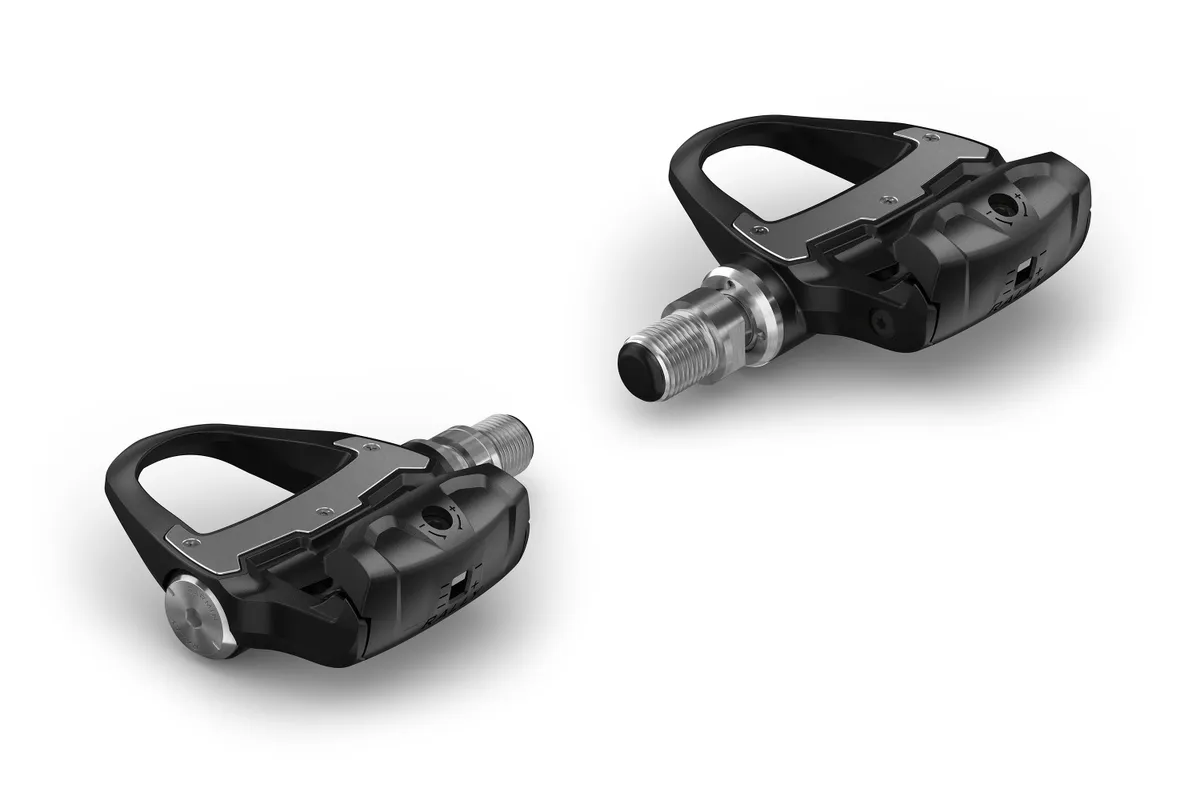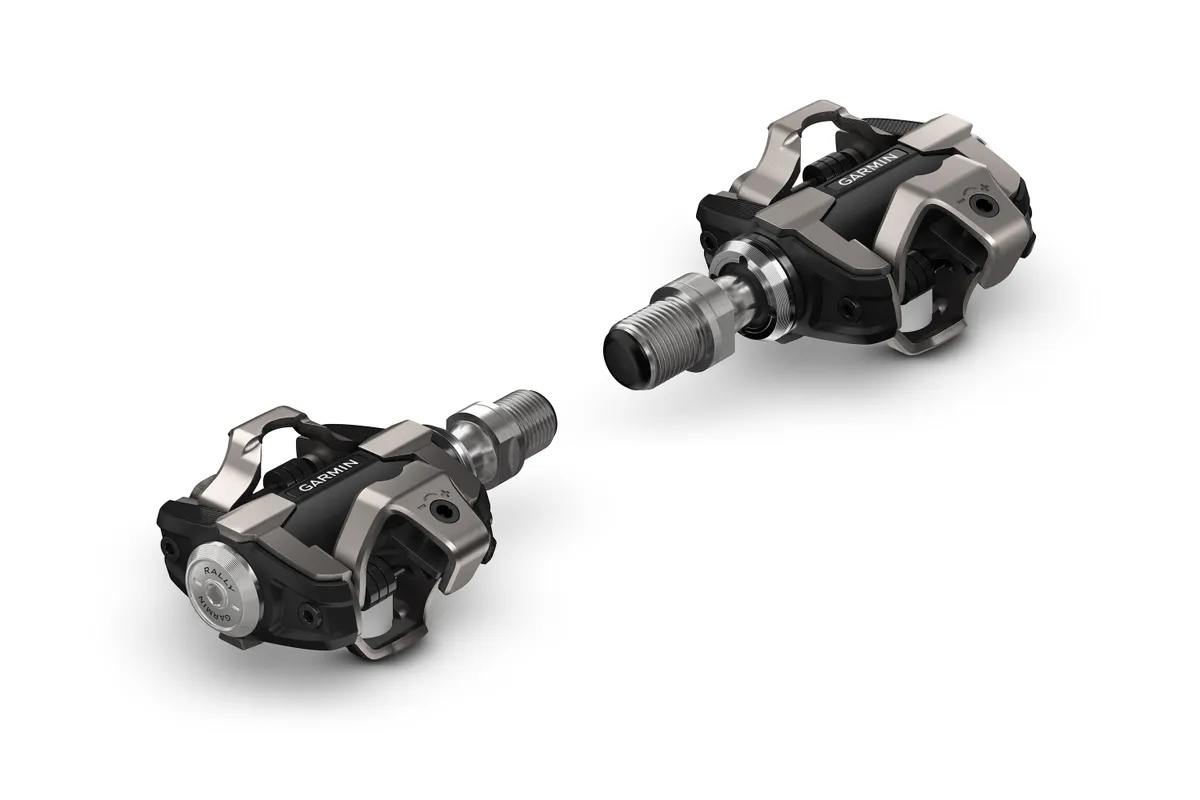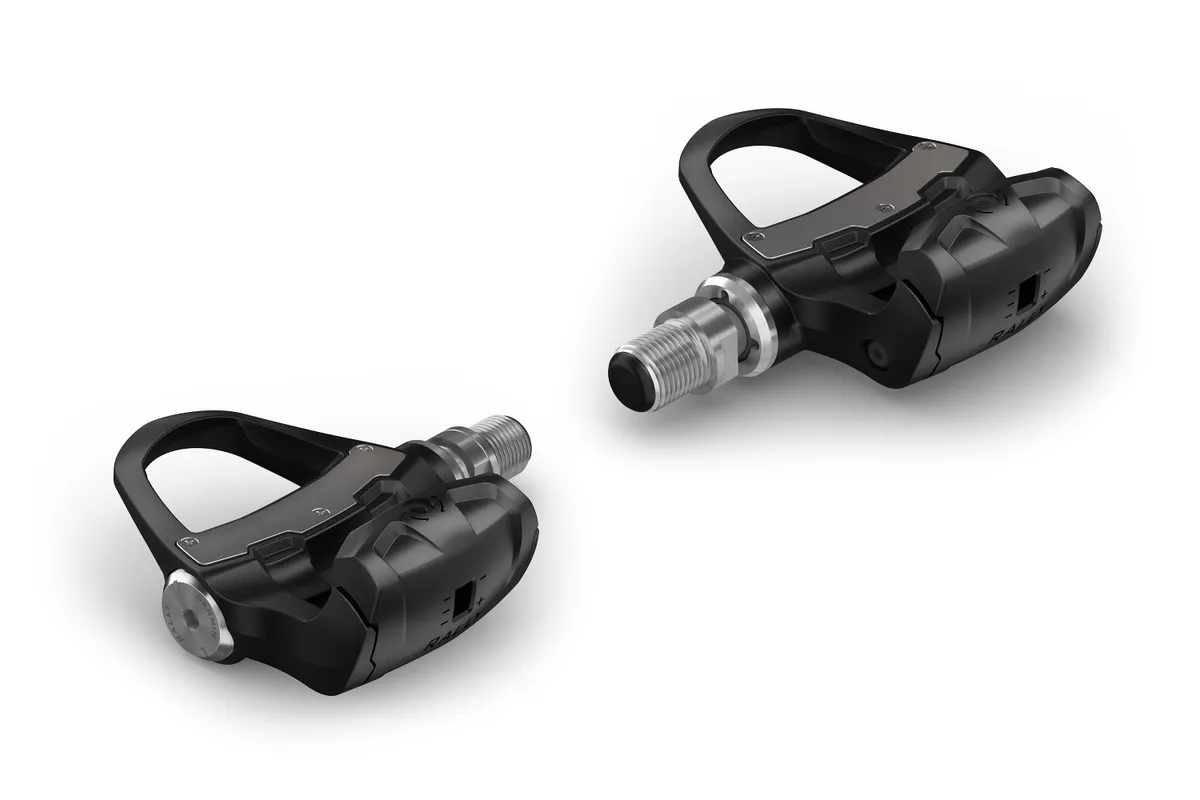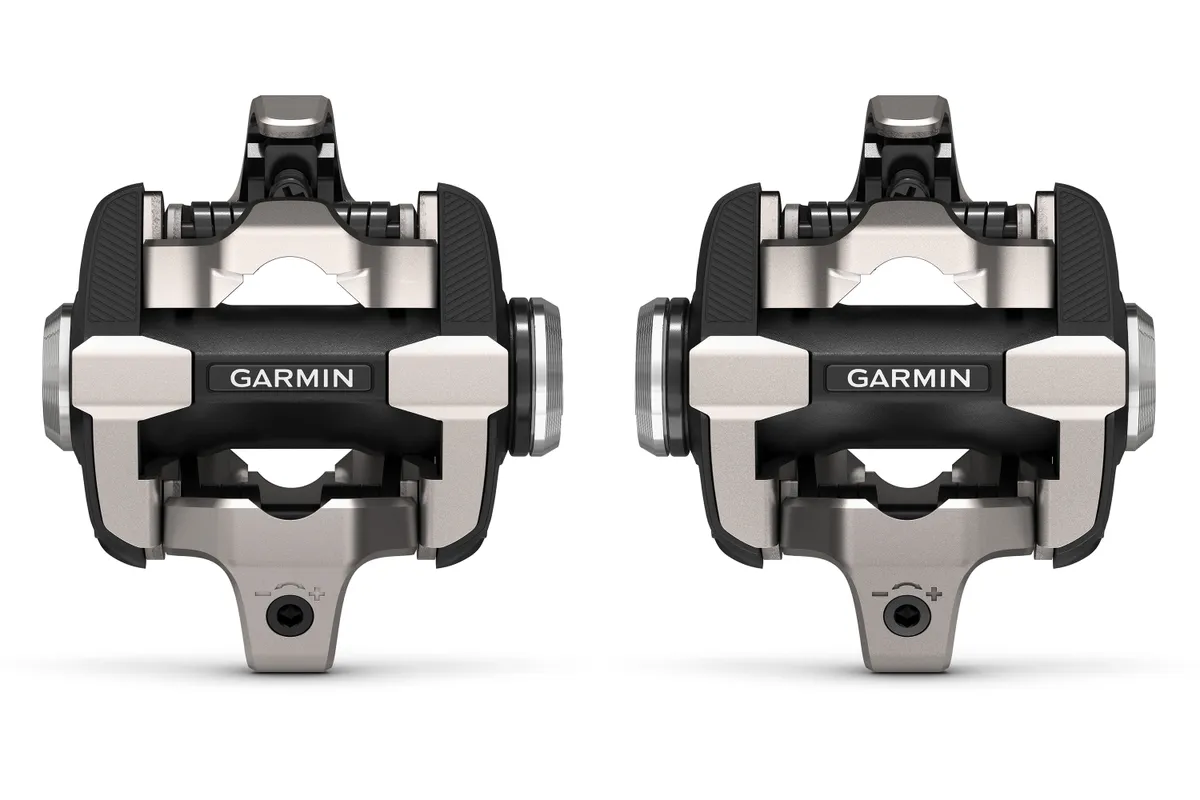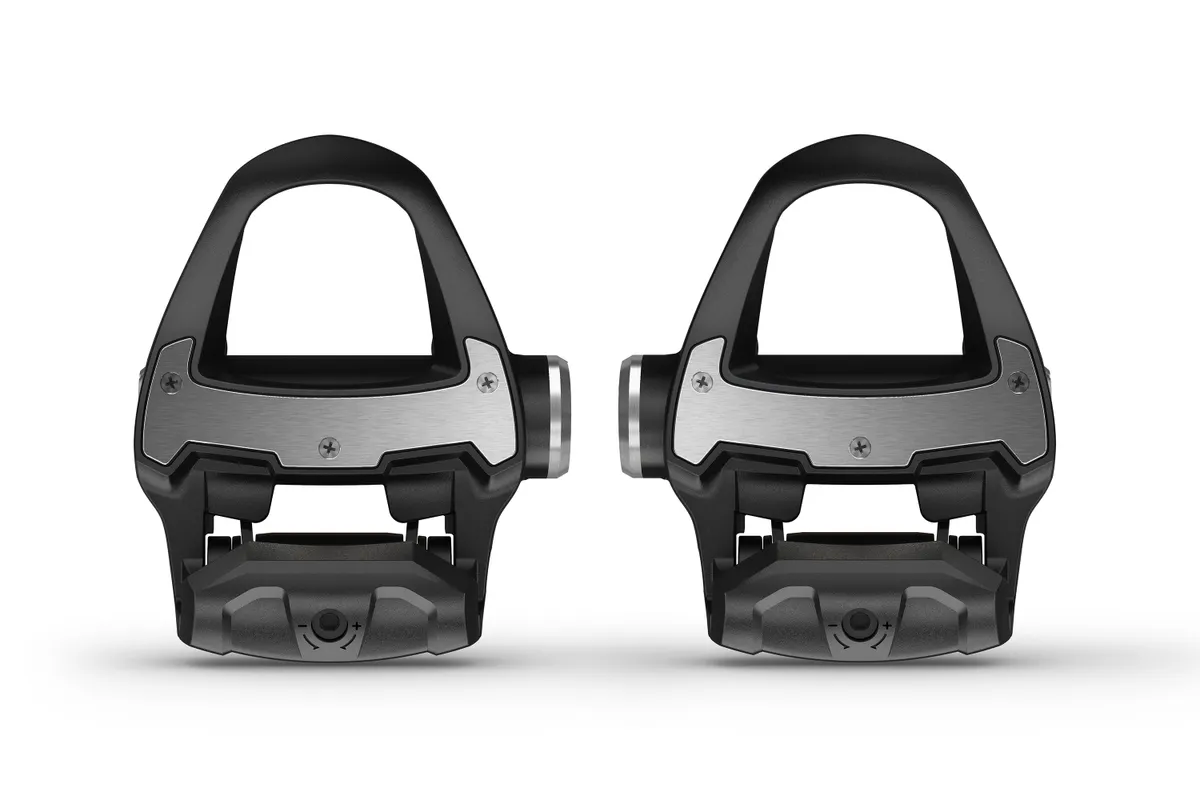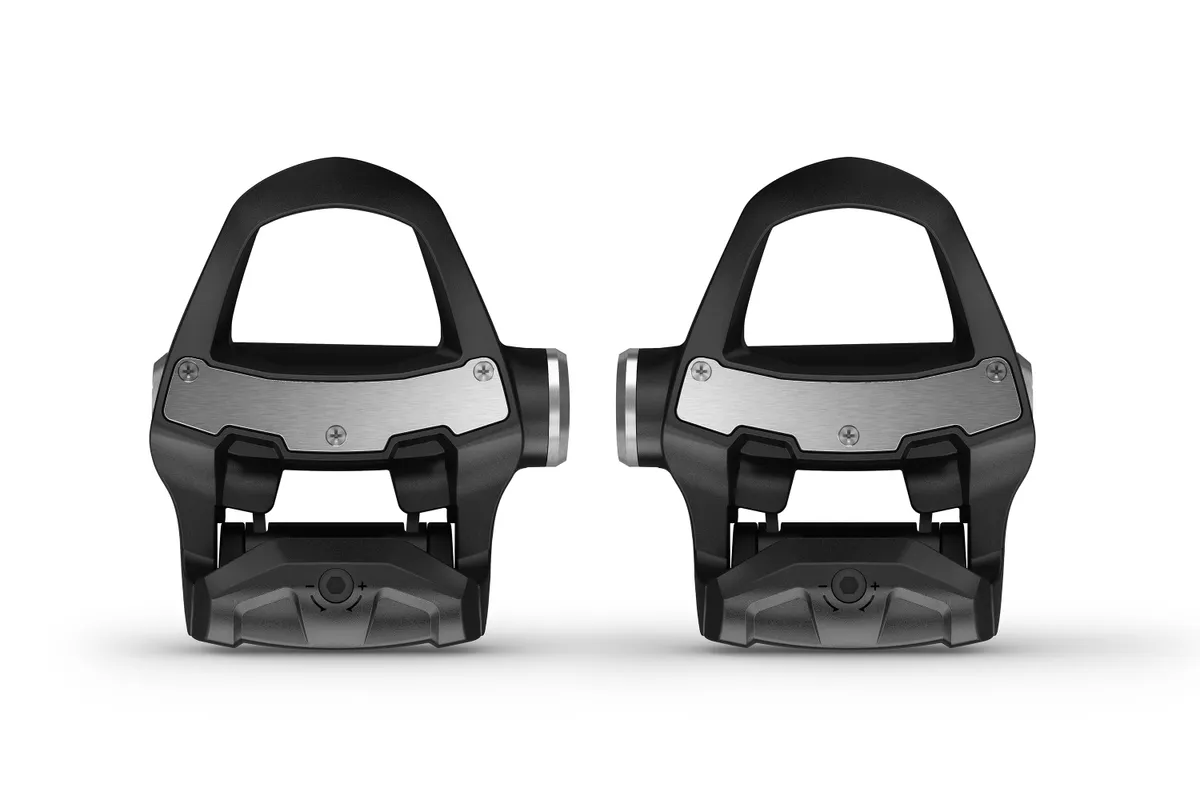Garmin has today launched the Rally power meter pedal system, the world’s first power meter pedal with native Shimano SPD-SL cleat compatibility.
Available with either single- or dual-sided power, and with three different types of pedal body – each compatible with either Shimano SPD-SL, Look Keo or Shimano SPD (off-road) cleats – the Rally is more of a power meter ecosystem than Garmin’s outgoing Vector 3 power meter pedal system.
With the Rally ‘ecosystem’, Garmin clearly has its sights set on the gravel and mountain bike markets, as well as the road bike market.
Garmin has previously dipped its toes into Shimano SPD-SL compatibility with the Vector series, and we’ve speculated that Shimano itself may have a power meter pedal in the works, but the Rally represents the first power meter pedal to make it to market that offers SPD-SL compatibility straight out of the box.
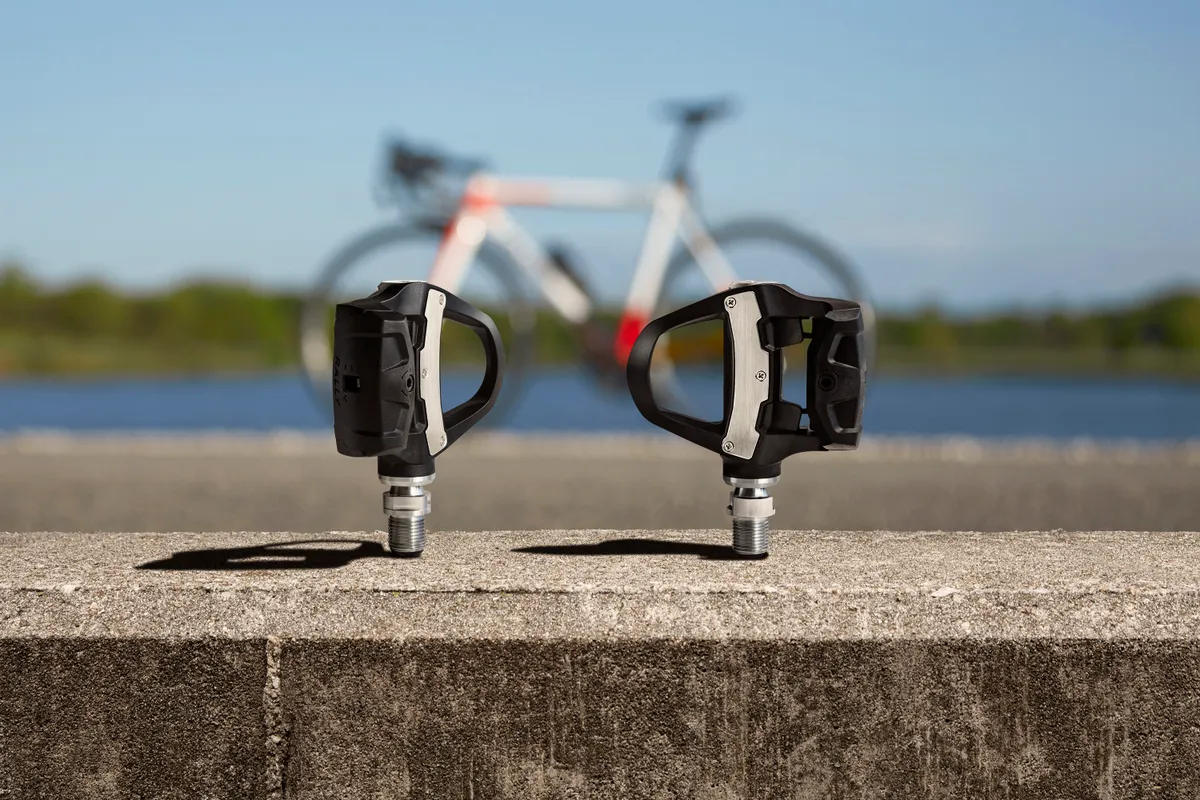
Garmin is also making the individual pedal bodies available to purchase separately as kits (dubbed ‘Rally conversion kits’), so that a road pedal body can, for example, be swapped to enable compatibility with off-road cleats and gravel or mountain bike shoes.
Promising power data accurate to +/- 1 per cent and 120 hours of battery life, the Rally pedals maintain the slick form factor of the Vector pedals, with all of the power meter internals and battery being housed within the pedal spindle.
We’ve had a dual-sided set of the Shimano SPD-SL compatible pedals in to test, so click through to read our full review of the Garmin Rally power meter pedal.
We’ve been impressed by its performance, both as an SPD-SL compatible pedal and a power meter, so there’s a lot to get excited about here.
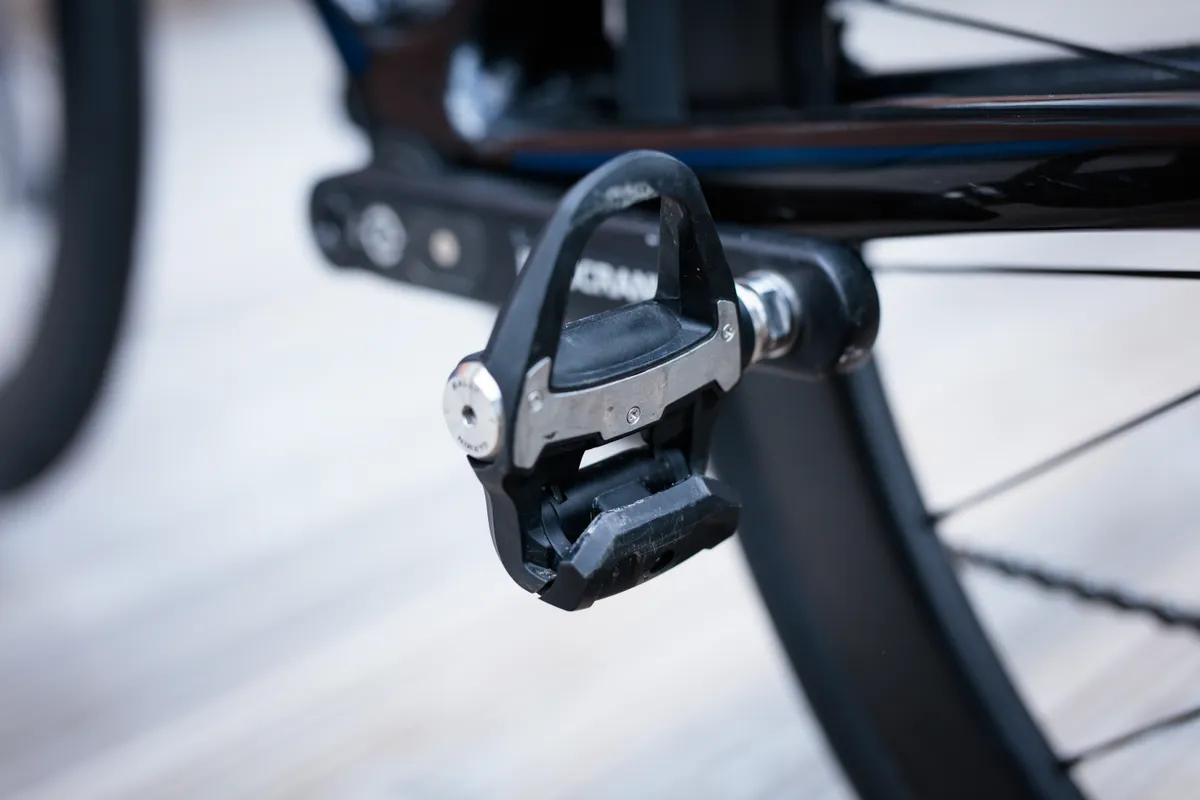
The Garmin Rally power meter pedal ecosystem
The Rally power meter pedal system is available with three choices of pedal body, in either single- or dual-sided configurations. In total, there are six different versions of the Rally power meter pedal system available.
Each Rally pedal set is named according to its cleat compatibility and whether it’s single- or dual-sided. For example, the Rally RS200 is a dual-sided power meter pedal set compatible with Shimano SPD-SL cleats.
The two letters before the number refer to the cleat type: RS for Shimano SPD-SL; RK for Look Keo; and XC for Shimano SPD (off-road). The numbers 100 or 200 denote whether the set is single- or dual-sided, respectively.
Garmin Rally pedal body options and pricing
The RRP has increased slightly versus the Vector 3 (£849.99), positioning the Rally towards the premium end of the power meter market.
Its closest competitor, Favero’s Assioma Duo, is currently priced at £699 / €569.67 / $675 for the dual-sided version and £449 / € 445 / $433 for the single-sided version (the Assioma Uno).
Favero’s power meter pedal system is currently only officially compatible with Look Keo (road) style cleats, though.
In the single-sided Rally pedal sets, only the left pedal contains power meter internals, with the right side pedal being a standard road pedal. Power is measured in the left pedal and doubled to estimate total power.
In dual-sided sets, each pedal contains power meter internals and measures power independently. Total power is then calculated by combining the data from both pedals.
Power and cadence data is transmitted by both single- and dual-sided Rally pedal sets, but advanced metrics such as left/right balance and cycling dynamics are only available on the dual-sided sets (providing you have a bike computer capable of recording and displaying this information).
Garmin Rally upgrade kit options and pricing
Intended to serve those who have purchased a single-sided Rally pedal set and are looking to upgrade to a dual-sided set in the future, the Rally upgrade kits consist of a right-side power meter pedal to replace the standard pedal (i.e. the one that has no power meter internals) in the single-sided set.
- RS upgrade kit – Shimano SPD-SL (road): £489.99 / €549.99 / $549.99
- RK upgrade kit – Look Keo (road): £489.99 / €549.99 / $549.99
- XC upgrade kit – Shimano SPD (off-road): £489.99 / €549.99 / $549.99
Garmin Rally conversion kit options and pricing
The Rally conversion kits enable a Rally owner to swap the power meter spindle onto another pedal body, to make it compatible with a different cleat type. These are prices for the pedal body only:
- RS conversion kit – Shimano SPD-SL (road); £179.99 / €199.99 / $199.99
- RK conversion kit – Look Keo (road); £179.99 / €199.99 / $199.99
- XC conversion kit – Shimano SPD (off-road); £219.99 / €249.99 / $249.99
Garmin says swapping a set of pedal bodies onto a Rally power meter spindle should take an amateur mechanic around 10 to 15 minutes. The following tools are required:
- 4mm Allen key
- PH00 screwdriver
- 12mm socket wrench with an outer diameter less than 17mm (in order to fit inside the pedal body)
- 15mm pedal wrench
- Torque wrench with 12mm socket head (the spindle nut should be tightened to 10nm)
- Grease
The process is essentially the same as overhauling a set of Vector 3 pedals, instructions for which can be found on Garmin’s support page. We’ve added a demonstration of the process in our video review of the Rally RS200 power meter pedals below.
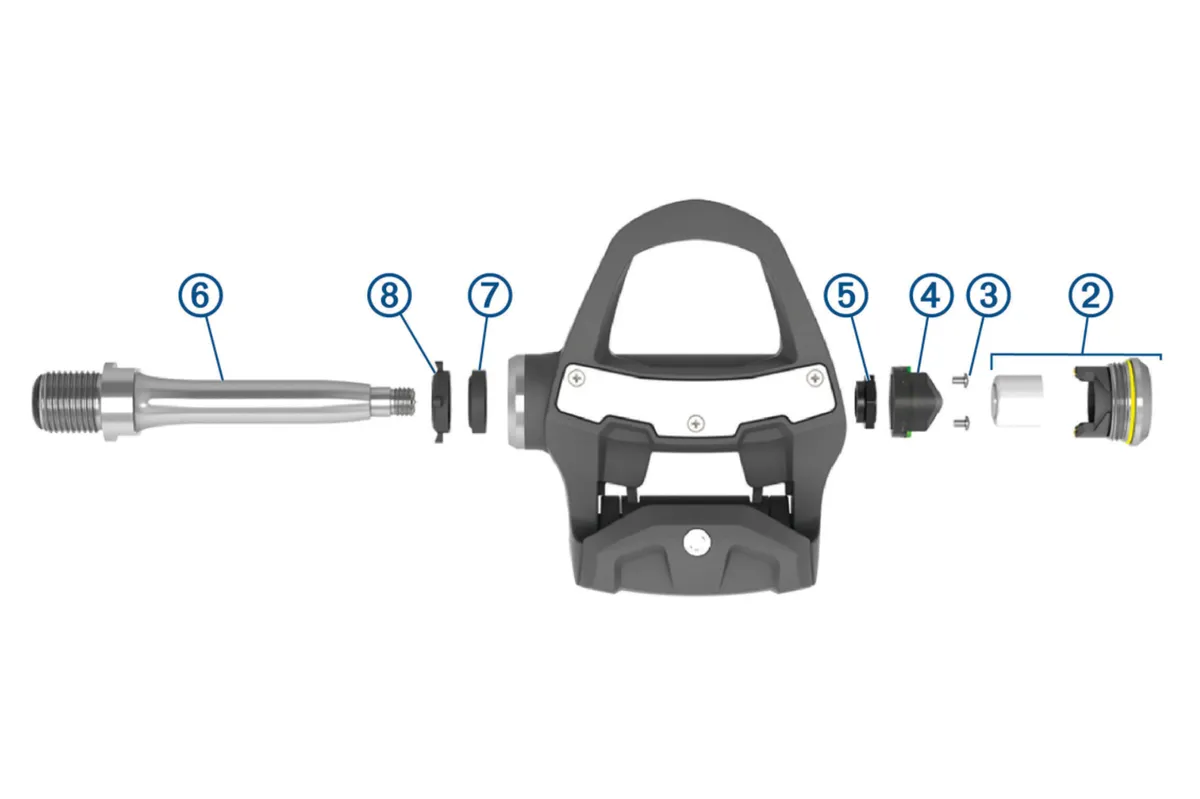
Garmin Rally full specification and details
As previously mentioned, the Rally power meter pedals have a claimed accuracy of +/- 1 per cent, in line with the outgoing Vector 3 pedals, and our testing suggests the Rally pedals do indeed track well against other benchmark power meters.
Battery life stands at a claimed 120 hours, which is also unchanged from the Vector 3. Garmin has stuck with the same user-replaceable, coin cell batteries (one CR1/3N or two LR44/SR44 in each pedal), rather than moving to a rechargeable internal battery.
Installation and removal require only a standard 15mm pedal spanner (a torque wrench isn’t needed), and the Rally pedals can transmit data over ANT+ or Bluetooth. The latter makes connecting to indoor cycling apps, such as Zwift or TrainerRoad, a much simpler affair.
Garmin says the pedals have a stack height of 12.2mm and a Q factor of 53mm (or 55mm with the included 2mm washer, which can be used to prevent the pedal spindle from sticking out of the rear of the crank and touching the chain on some bikes).
Claimed weights for the Rally pedal systems are:
- Rally RS200: 320g (actual weight)
- Rally RS100: 328g
- Rally RK200: 326g
- Rally RK100: 334g
- Rally XC200: 446g (actual weight)
- Rally XC100: 451g
The Rally pedals have a maximum rider weight limit of 105kg.
As with previous Garmin power meter pedals, firmware and settings can be updated using Garmin Edge cycle computers.
Garmin Rally power meter pedal systems are available to purchase now.
